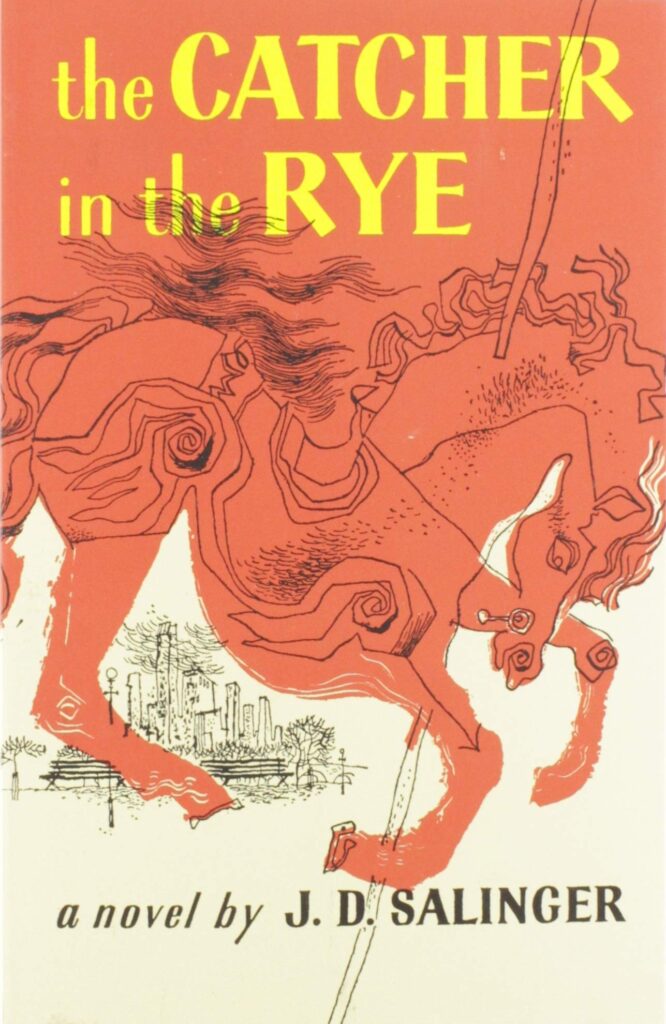
A palindrome is a word, phrase, or sentence that reads the same backward and forward. For example, ‘Ro–b-ot‘ or ‘Was it a car or a cat I saw?‘. Palindromes can be serious or silly, but they’re always worth at least a chuckle.
Unraveling Palindromes: A Fun Wordplay Adventure
Palindromes can be found across various forms of writing, from poetry to prose, and can even be spotted in numbers and dates. The concept of palindromes dates back to ancient civilizations such as the Greeks and Romans, who used them in inscriptions and literature. Today, palindromes continue to be a source of amusement and fascination for both writers and readers alike.
Why Use Palindromes in Writing?
Palindromes serve several purposes in writing, including:
1. Adding Humor
The unexpected nature of palindromes can create a sense of humor or whimsy, making them an excellent choice for lighthearted writing or adding a bit of fun to your work.
2. Demonstrating Wordplay Skills
Palindromes can showcase a writer’s skill with language and wordplay, revealing an ability to manipulate words and phrases in creative ways.
3. Creating Memorable Moments
A well-crafted palindrome can stick in a reader’s mind, making your writing more memorable and engaging.
How to Create Palindromes
Creating palindromes can be a challenging yet rewarding exercise in wordplay. Here are some tips for crafting your own palindromes:
- Start with a central letter, word, or phrase: Choose a central point for your palindrome, then build outwards by adding letters or words that create a mirror image.
- Consider the context: Choose words or phrases that fit the context of your writing, whether you’re aiming for humor, wordplay, or simply an interesting turn of phrase.
- Test for readability: Once you’ve created a palindrome, ensure it can be easily read and understood by your audience. If not, consider revising or trying a different combination of words.
Examples of Palindromes in Literature and Popular Culture
Palindromes have been featured in various forms of literature and popular culture, demonstrating their versatility and enduring appeal. Some examples include:
- “A man, a plan, a canal, Panama!” – A famous palindrome attributed to Leigh Mercer, describing the construction of the Panama Canal.
- “Able was I ere I saw Elba” – A palindrome often attributed to Napoleon Bonaparte, referring to his exile on the island of Elba.
- “Madam, in Eden, I’m Adam” – A creative palindrome that imagines a conversation between Adam and Eve in the Garden of Eden.
Palindrome Examples to Inspire Your Writing
To help you better understand palindromes and how they can be used in writing, here are some examples:
- Words: Some palindromic words include “level,” “deed,” and “civic.”
- Phrases: Palindromic phrases can be more complex, such as “Evil rats on no star live” or “Mr. Owl ate my metal worm.”
- Numbers: Palindromic numbers read the same way forward and backward, like “121” or “1331.”
Conclusion: Embrace the Power of Palindromes
Incorporating palindromes into your writing can add humor, showcase your wordplay skills, and create memorable moments. Crafting palindromes can be a fun and challenging exercise, allowing you to explore the intricacies of language and delight your readers with unexpected twists and turns.
Don’t be afraid to experiment with palindromes and explore their potential for enlivening your writing. With patience, practice, and a keen sense of language, you can create palindromes that will captivate your readers and add a unique touch to your work. Happy palindrome-making!
If you’re thirsty for more writing knowledge, head over here to learn all 74 literary devices.





